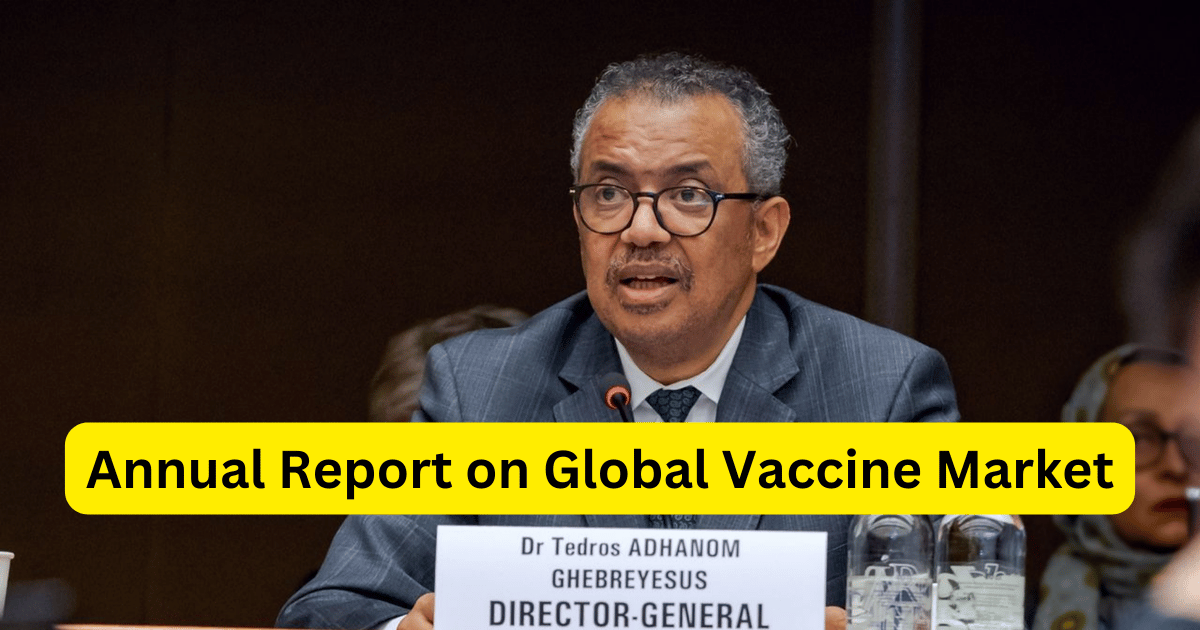In its 2024 Global Vaccine Market Report, the World Health Organization (WHO) provides a comprehensive review of vaccine accessibility, production, and distribution across the globe. The report marks the 50th anniversary of the Expanded Programme on Immunization (EPI), which has been instrumental in saving millions of lives by providing life-saving vaccines to children worldwide. The significance of this milestone lies not only in the success of the EPI but also in the challenges that still remain in achieving equitable access to vaccines for all people, especially in low- and middle-income countries.
The 50-Year Impact of the Expanded Programme on Immunization
The WHO’s EPI was established in 1974, with the primary goal of increasing vaccine access to prevent the leading causes of childhood deaths, including polio, diphtheria, tetanus, and tuberculosis. In the past 50 years, the program has achieved remarkable success in reducing vaccine-preventable diseases. Through large-scale immunization campaigns, more than 150 million lives have been saved globally.
However, the task is not yet complete. While vaccine coverage rates have improved in many regions, significant disparities persist. The WHO report emphasizes the need for continued investment in immunization infrastructure and policies that will ensure vaccines reach every child, regardless of where they live. The COVID-19 pandemic further exposed gaps in global health systems and vaccine distribution, highlighting how vulnerable populations in underserved regions struggle to access essential vaccines.

Equitable Access to Vaccines: A Global Challenge
One of the key findings of the 2024 report is the ongoing issue of vaccine inequity. While high-income countries have largely been successful in providing comprehensive immunization coverage, many low-income countries still face significant barriers. These include limited healthcare infrastructure, logistical challenges in vaccine distribution, and financial constraints.
To address these issues, the WHO has called for more substantial investment in vaccine production and distribution systems in low-resource settings. It has also advocated for innovative financing mechanisms, such as the Gavi Alliance, which provides funding to ensure vaccines are available to children in the world’s poorest countries.
Challenges to the Global Vaccine Market
The global vaccine market faces several challenges that could affect future immunization efforts. One of the most pressing concerns is the rising cost of vaccines. The cost of producing and distributing vaccines, particularly new ones, continues to increase. This trend is especially challenging for developing countries that are already struggling to fund basic healthcare services.
Furthermore, vaccine manufacturers are facing pressure to meet growing global demand. Although the number of vaccine manufacturers has increased, many low-income countries still depend on a limited number of suppliers, leaving them vulnerable to supply disruptions. WHO emphasizes the importance of diversifying vaccine production to reduce dependency on a small number of producers.
Another concern is the emergence of vaccine hesitancy. Misinformation and misconceptions about vaccine safety have been increasing in many parts of the world, particularly in wealthier nations. The anti-vaccine movement continues to pose a threat to public health efforts, leading to outbreaks of vaccine-preventable diseases in some regions.
The Path Forward: Innovation and Investment
Despite these challenges, there is hope for the future of global immunization efforts. The WHO’s report highlights several areas of progress, including advancements in vaccine technology and the development of new, more effective vaccines. For instance, the development of mRNA vaccines during the COVID-19 pandemic has demonstrated the potential for rapid vaccine development and has spurred greater interest in vaccine innovation.
Additionally, the WHO stresses the importance of investing in education and advocacy to combat vaccine misinformation. By improving public understanding of the safety and efficacy of vaccines, health authorities can mitigate the effects of vaccine hesitancy.
The WHO’s report concludes with a call to action for global collaboration. Governments, international organizations, healthcare providers, and the private sector must work together to ensure that vaccines are available to all people, regardless of their income or geographical location. Only through continued innovation, investment, and a commitment to equity can the world hope to eliminate preventable diseases and achieve the goal of universal immunization coverage.
In summary, the WHO’s 2024 Global Vaccine Market Report is a reminder of the progress that has been made in the past 50 years and the work that remains. It calls for greater investment in vaccine infrastructure and production, stronger efforts to combat vaccine hesitancy, and a continued commitment to ensuring that every person has access to life-saving vaccines. As the world looks ahead, the global health community must prioritize immunization as a cornerstone of public health, equity, and sustainable development.
